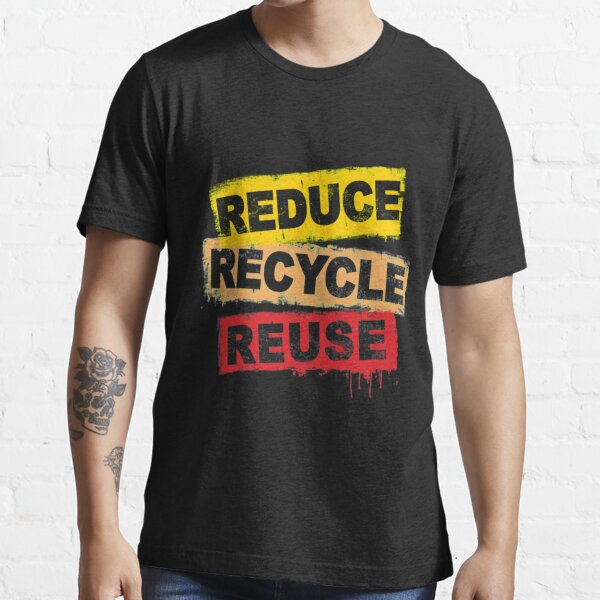When my grandkids asked me what the “T” in “T-shirt” stands for, I was caught off guard. It’s a staple in every wardrobe, but I had never thought about the origin of the name. This curiosity sparked a quest to uncover the story behind the iconic T-shirt, an everyday item that’s so commonplace, yet surprisingly rich in history and cultural significance. The answer, as it turns out, is simple yet fascinating—and it tells us more about the evolution of modern clothing than you might expect.
The Shape Behind the Name

Let’s start with the basics: the “T” in “T-shirt” refers to the shape of the garment itself. When you lay a T-shirt flat, its body and sleeves form the shape of the letter “T.” Simple, right? But this isn’t just about geometry; the T-shirt’s form also highlights its functionality. It’s loose-fitting, casual, and easy to wear, which is why it became such a popular item in everyday fashion. But how did it go from an undergarment to a cultural phenomenon?
The Humble Beginnings: T-shirt as Undergarment
Before T-shirts were the must-have item they are today, they were humble undergarments. Originally, the T-shirt was designed as part of military uniforms in the early 20th century. Soldiers wore them under their heavy, itchy wool uniforms to provide comfort and absorb sweat during physical exertion. The simplicity and practicality of the T-shirt made it perfect for this role.
After World War I, U.S. Navy sailors began wearing their undershirts without their full uniforms while working in warmer climates, and the T-shirt slowly started making its way into civilian life. It was affordable, easy to clean, and didn’t require much maintenance—qualities that appealed to working-class Americans.
The T-shirt Takes Center Stage in Pop Culture
The T-shirt’s transition from undergarment to iconic fashion piece can be credited to the entertainment industry. In the 1950s, actors like Marlon Brando in A Streetcar Named Desire and James Dean in Rebel Without a Cause made the T-shirt a symbol of rebellion and youth culture. Suddenly, wearing a plain white T-shirt wasn’t just about comfort; it was a statement.
This shift marked the beginning of the T-shirt’s rise to prominence. It wasn’t just a functional piece of clothing anymore—it had entered the world of fashion and personal expression.
A Canvas for Self-Expression
Fast forward to today, and T-shirts are more than just a piece of fabric. They have evolved into a canvas for self-expression. You can find T-shirts displaying everything from political messages to artistic designs, favorite band logos, and personal milestones like family reunions or charity events.
T-shirts are an accessible way for people to share their identity with the world. Whether you’re showing off your favorite superhero or supporting a cause, the T-shirt has become a medium for storytelling, protest, and creativity. It’s no longer just about what you’re wearing but about what you’re saying.
From Workwear to High Fashion
Interestingly, the T-shirt has also found its way into the world of high fashion. Designers have taken this simple garment and transformed it into a luxury item. Today, it’s not uncommon to see T-shirts made from high-end fabrics, adorned with intricate designs, or sold for hundreds of dollars at fashion boutiques.
This evolution from basic workwear to high fashion reflects the T-shirt’s adaptability and its ability to transcend social and economic boundaries. It’s one of the few pieces of clothing that can be worn by anyone, regardless of background, style, or income.
Sustainability and the Future of the T-shirt

In recent years, the T-shirt has also become part of the conversation around sustainability and ethical fashion. With the rise of fast fashion, the mass production of T-shirts has contributed to environmental challenges, including textile waste and pollution. However, many brands are now focusing on creating eco-friendly T-shirts made from organic cotton, recycled materials, or using less water-intensive production methods.
Consumers are also becoming more conscious about where their clothing comes from, and the T-shirt is no exception. By choosing sustainably made T-shirts, people can reduce their environmental footprint while still enjoying this beloved garment.
The T-shirt: A Reflection of Socio-Cultural Shifts
The story of the T-shirt isn’t just about fashion—it’s a reflection of broader socio-cultural changes. Over the last century, the T-shirt has evolved alongside shifts in politics, economy, and culture. From its origins as a piece of military gear to a symbol of youth rebellion, and now a fashion staple and platform for self-expression, the T-shirt has become a universal piece of clothing that transcends time and place.

Its accessibility and simplicity have made it a beloved item for people from all walks of life. Whether it’s being worn on the streets of New York, a small town in Italy, or in a rural village in Africa, the T-shirt is a truly global phenomenon.
Conclusion
So, what does the “T” in “T-shirt” stand for? While it technically refers to the shape of the shirt, its meaning goes far beyond that. The T-shirt’s evolution from a simple undergarment to a global fashion icon illustrates how something as ordinary as a piece of clothing can take on new significance over time. It’s a reminder that even the most common items in our lives have stories to tell, connecting us to history, culture, and each other in ways we might not expect.
Next time you put on a T-shirt, remember that you’re wearing a piece of history—one that’s been shaped by wars, pop culture, and even political movements. It’s not just a shirt; it’s a symbol of how far we’ve come, and how fashion continues to shape our world today.


